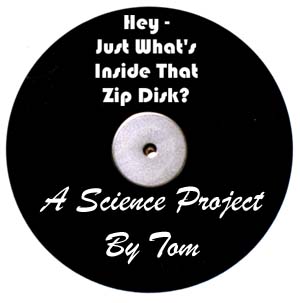
Hopefully, you'll never hear the Click of Death from your Iomega Zip drive. It's enough to make a grown man cry if the disk in question is holding some vital data. When it happened to my "transit disk" — used to carry files like e-mail and project from work to home and back — I was more annoyed than panicked.
In all fairness to Iomega, the disk had been used daily for more than a year and they replaced it under the lifetime warranty without any hassle. I asked if they wanted me to turn in the dead disk and they politely declined.
So enter science! Let's take this sucker apart and see what makes it Zip (or ominously click, depending on the situation).
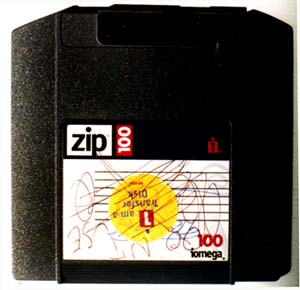
FIGURE 1: The dead Zip disk placed on the dissection table, about to reveal its innards.
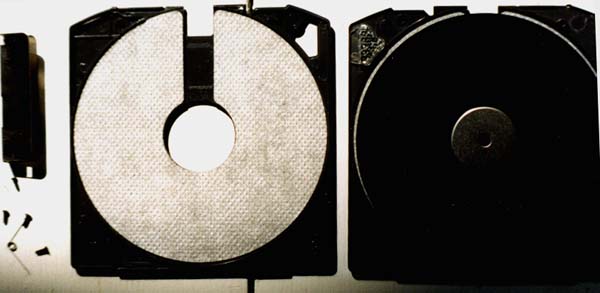
FIGURE 2: Once the four small screws were removed and the metal slide-plate, which protects the magnetic platter, was pried off, the disk separated quite easily. I just noticed that more modern Zip disks aren't held together by screws, so you'd need to cut them in half with a knife or pry them apart with some sort of tool. Come to think of it, Iomega was really decent replacing this old thing!
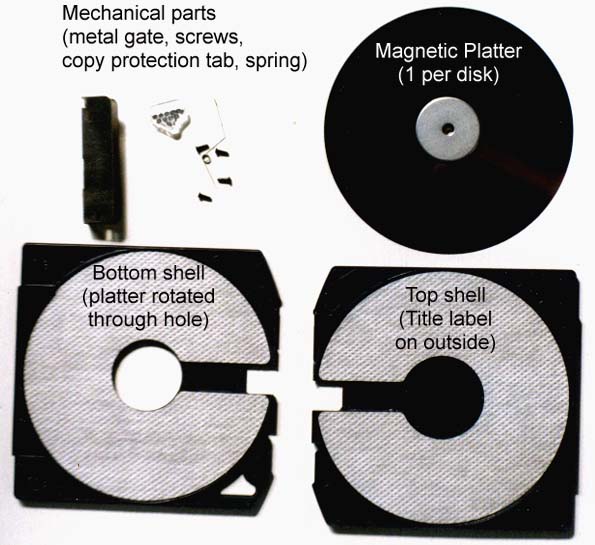
FIGURE 3: As you can see, there are 13 parts to a Zip disk: tiny screws (4); magnetic platter (1); center spindle (1); metal protector-gate (1); spring (1); platter mats (2); copy-protection tab (1); plastic case halves (2). It's a remarkably simple mechanism. One thing that struck me is how similar this is to a floppy disk, yet it holds 71 times as much data. It's not a removable hard drive by any measure. I'm sure the engineers at Syquest took one of these apart and had a good laugh back when the Zip came out. But who's laughing now? Zips are ubiquitous and Syquest is out of business for all intents and purposes. Proof that utility and price trump technology in some cases.
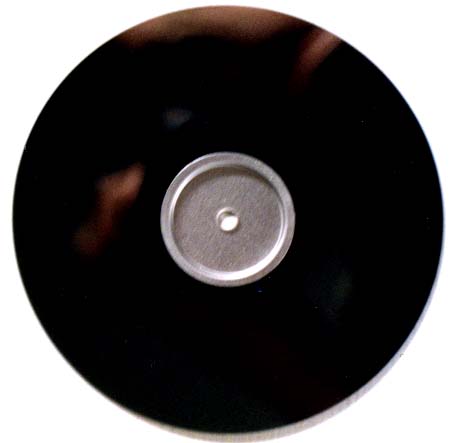
FIGURE 4: The Zip magnetic platter is about the same color, thickness and consistency of a floppy disk. It's flexible, probably oxide-coated polyester. Note the faint reflection of the author snapping the picture.
Ok, that's about all I can write about my dissection of the Zip disk. I took these photos in natural light with my Nikon FG 35mm camera using a 80-200mm zoom lens in the macro mode. I used Agfa 400-speed film and scanned the images using my Microtek SCSI scanner and Photoshop software.